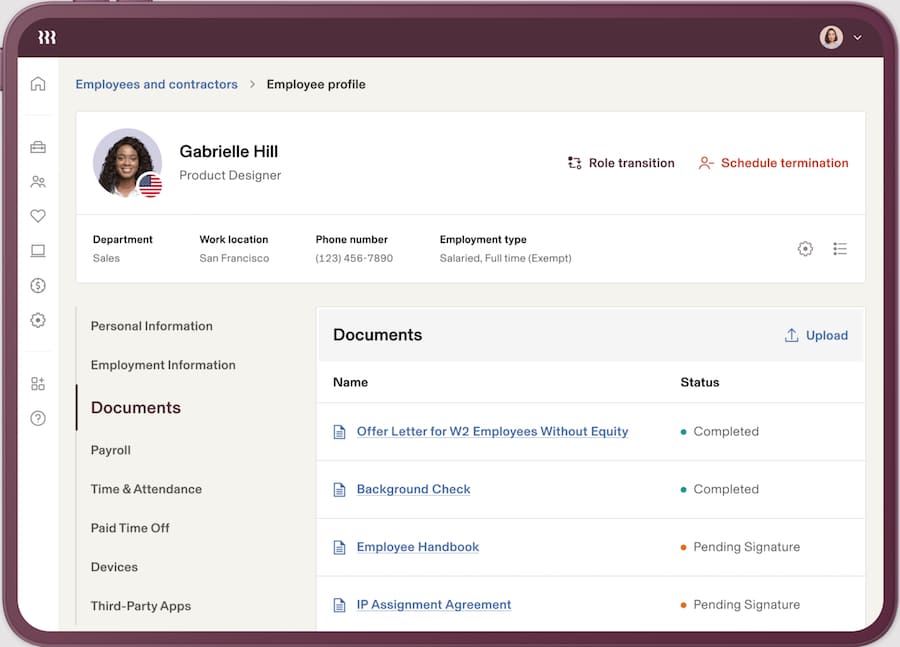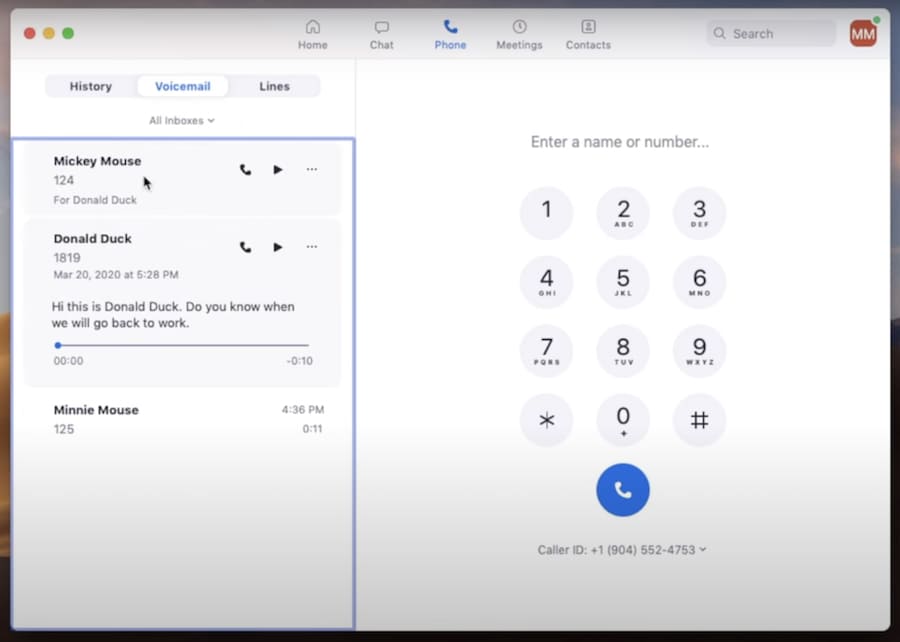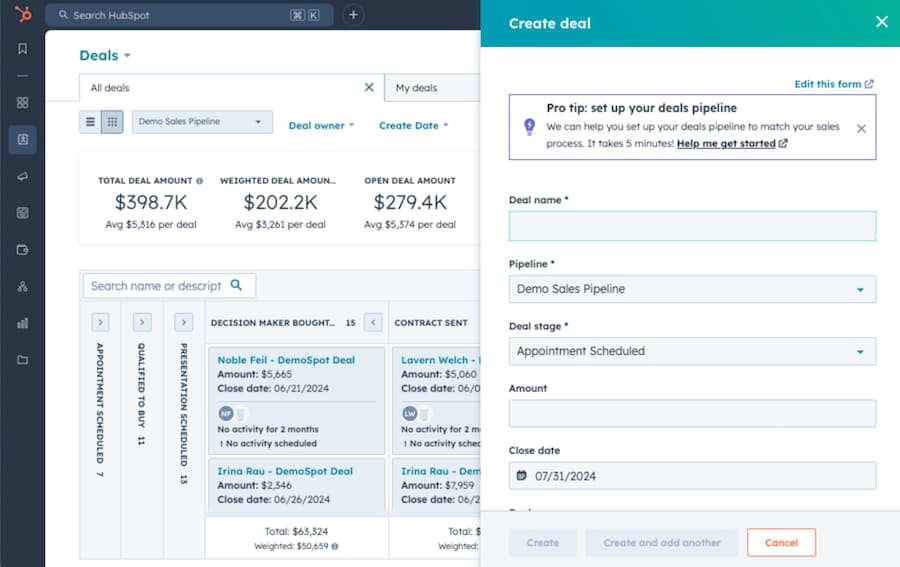Proper and regular training can help sales reps increase their net sales and productivity. Statistics on sales training demonstrate how a well-trained sales workforce can benefit your business.
15 Key Sales Training Statistics to Boost Performance (2024)
This article is part of a larger series on Sales Management.
Most organizations aim for a steady and consistent flow of customers through their sales pipeline. However, there are numerous bottlenecks, obstacles, and challenges to overcome, especially for new or inexperienced sales representatives. Proper sales training can mitigate these issues. Let’s take a look at sales training statistics to understand the impact of a proper training program on your sales workforce.
Highlights
- 50% of sales leaders believe that stressful onboarding causes new hires to quit.
- Only 53% of sales managers use coaching software to train new hires.
- 65% of top performers attribute their success to sales leadership.
Sales Training Statistics: Onboarding & Coaching
In an ideal world, sales representatives receive continuous training that keeps them up-to-date with the latest sales strategies and methodologies. However, as you will see from the following sales training stats, this is rarely the case. Instead, many of today’s sales reps report a lack of proper onboarding programs, stressful onboarding experiences, and more.
1. Sales reps who struggle are five times more likely to report a lack of proper onboarding at the one-year mark
Creating an effective onboarding program is critical to the success of any sales representative. Since those who struggle at their new job are five times more likely to link it to a lack of a positive onboarding experience, it’s worth the time and effort to make sure everybody is onboarding correctly. Start by implementing a standardized approach, which includes a general orientation, workstation setup, and periodic check-ins.
2. Nearly 50% of sales leaders believe that a stressful onboarding experience is causing new hires to quit before they even get started
Sometimes, the onboarding process can become overwhelming, and 50% of sales leaders agree that excessive stress during onboarding increases the likelihood of new hires quitting. Strike the right balance between onboarding activities, hands-on experience, and downtime.
While it’s essential for new hires to complete the onboarding process thoroughly, they also need practical experience in areas like cold calling, communicating with prospects, and closing deals.
3. About 3 in 4 sales reps say their training and enablement program effectively helps them meet their quota
Combining sales training with sales enablement adequately helps sellers hit their quota, according to 76% of sales reps. In addition, more than 70% of them feel that their training on sales tools, product-specific training, and one-on-one coaching with their sales manager are effective.
These stats tell us that it is not enough to just onboard new reps—companies also have to invest in comprehensive training programs tied to revenue goals.
4. Within a month, 87% of training is typically forgotten
Traditional training and onboarding processes aren’t as effective as they used to be, with 87% of training usually forgotten within just a month. Modern workers need to be trained and onboarded using modern methods.
One way to do this is to leverage onboarding software like Rippling to automate your people operations and streamline the onboarding process. You can also foster a high-performing sales team by incorporating sales training into your onboarding program.

An employee profile with an onboarding checklist in Rippling (Source: Rippling)
Sales Training Statistics: Prospecting & Calls
It’s virtually impossible to reach a deal with every prospect who comes through the pipeline, but today’s top sales reps know how to maximize their odds at every turn. While these experts often meet or exceed their sales quotas, others struggle with lost or incomplete deals due to a variety of reasons, including poor or lack of training.
These sales statistics zero in on this issue so that you can help reps close more deals by addressing training gaps.
5. Majority (68%) of sales reps lack the appropriate knowledge to probe and question prospects
Probing and questioning a prospect is a great tactic when closing a deal as it helps uncover the consumer’s needs, builds trust, and leads to increased sales. Since sales training stats indicate that more than half of sales reps lack skills in questioning prospects, it is imperative to address this skills gap.
Train reps thoroughly on how to probe effectively and to ask direct and relevant questions that revolve around your company’s products or consumer needs.
6. About 4 in 5 sales calls are made with a manager present, but only 17% of sales reps believe this kind of micromanagement helps secure more deals
Although recent sales coaching statistics indicate that managers are often present during sales calls, they don’t seem to have a significant impact on overall sales. Managers periodically shadow reps’ calls for quality assessment, but they should also put extra weight on the coaching aspect of this activity.
For instance, they should teach reps best practices for call handling, such as leveraging call scripts to enhance efficiency and taking notes for follow-up after each call.
7. Most (84%) sales reps use their own notes during client discovery
In addition to creating a standardized sales playbook to help them through the client discovery process, the majority of sales reps use their personal notes as a reference, too. To further assist them in their discovery efforts, you can leverage call recording features of a voice-over-internet-protocol (VoIP) service like Zoom Phone so that they can easily refer to past conversations to address gaps in their personal notes.

Zoom Phone call recording with transcription (Source: Zoom)
8. Social media and referrals are the top sources for high-quality leads
Sales training should cover the different methods of finding new prospects, which include leveraging social media, referrals, email marketing, and web content. Teach them how to reach out to prospects, interact with them in relevant user groups, and close deals.
Other methods for increasing your odds of closing a sale include regularly posting helpful and informative content on your business pages and directly advertising your products and services.
9. A mere 11% of sales representatives feel confident making client calls, while 70% cite objection handling as their biggest challenge
Objection handling occurs when a sales rep attempts to directly address their prospect’s concerns surrounding a product or service. As recent studies show, however, most representatives just aren’t confident when speaking with customers over the phone.
You can help them gain more confidence by providing ample training on your company’s products or services. In addition, you can leverage outbound call scripts to reduce call errors.
Sales Training Stats: CRM & Sales Software Usage
Customer relationship management (CRM) and sales software are mainstays in the Information Age. They provide sales reps with a centralized repository for data, including information on leads, quotas, total revenue generation, and more.
Check out the sales training statistics below to see how you can incorporate CRM and sales platforms into your sales management strategy and leverage them to help your team learn how to approach prospects and close more deals.
10. Most modern businesses can strengthen sales by 21%-30% with a comprehensive CRM platform
A comprehensive CRM platform can benefit your business in a variety of ways, based on the sales training ROI statistics above. They make it easy to track revenue, segment customers, analyze sales data, automate redundant tasks, and more.
HubSpot CRM, for example, enables you to manage leads and deals from one place. When your CRM team training teaches sales personnel to use these systems correctly, it typically leads to more sales across the board.

HubSpot CRM deal pipeline creation (Source: HubSpot)
11. Only 10% of reps execute good client discovery
The top sales leaders take the time to get to know their prospects before making a sales pitch. Unfortunately, in approximately 90% of cases, sales reps only enter basic, rudimentary, or surface-level details into their CRM. To mitigate this in the future, train sales reps on CRM usage, teach them how to interview prospects, and conduct mock calls to help reps practice making sales pitches.
12. Only 53% of sales managers use coaching software to train new hires
Despite the plethora of options available today, both free and paid, just over half of sales managers use coaching software when training new hires. Some CRMs like HubSpot have integrated conversation intelligence that helps sales leaders understand reps’ call performance.
Salesforce, on the other hand, has a Salesforce Enablement add-on that provides AI-driven coaching, best practice templates, and training program delivery based on seller performance.
Sales Training Stats: Sales Rep Performance
Today’s sales reps are a hardworking, determined, and versatile group of professionals. Some use their tried-and-true strategies when closing deals, but many still look to their leaders for inspiration, motivation, and coaching. The sales training stats below paint a picture of the impact of regular coaching on the performance of your sales reps.
13. Only 31% of sales reps exceeded their quotas in 2023
Some sales reps consistently meet or exceed their quotas, but 31% regularly fall short. You can improve this by revising your training and onboarding programs. For example, start by teaching reps how to effectively set and manage quotas. Additionally, consider how top performers in large businesses benefit from a steady flow of organic inbound leads, which are easier to convert into paying customers.
14. Only 26% of sales reps receive weekly coaching
Weekly coaching benefits the whole sales team, even top performers who only constitute 29% of all reps who receive weekly coaching. Even more concerning, only 20% of low-performing sales reps receive the same level of support.
If you want to improve these numbers, implement regular training and coaching on sales targeting. This provides sales managers with an easy way to monitor their reps’ productivity over time and allows individual reps to develop new strategies and skills.
15. Majority (65%) of top-performing sales reps attribute their success to sales leadership
Sales training industry statistics indicate that the majority of sales reps who regularly hit their quotas attribute much of their success to sales managers who play an active support role for them. This can be through initial onboarding, continuous training, hands-on coaching, or promotion to sales manager.
That said, creating a structured mentorship program for your sales team can help hone reps’ skills and prepare them for bigger responsibilities.
Frequently Asked Questions (FAQs)
To make your sales training a success, you first have to understand your hiring needs and outline the roles that you need to fill. Next, start building a culture of trust within the sales team that you’ve hired. Then, create a sales onboarding and training program that covers the entire sales lifecycle. You also have to track and measure your team’s performance and facilitate constructive feedback at every level.
To evaluate your sales training program, determine your reps’ knowledge retention by conducting tests, assignments, and feedback surveys. You also need to gauge individual rep performance using key metrics like total revenue and win rate.
Plus, you can monitor reps’ sales activities by tracking metrics like open rates and the number of booked meetings. Other indicators of sales training effectiveness include customer success metrics and sales team satisfaction.
One of the biggest problems or pitfalls of sales training programs is a lack of alignment between sales goals, strategies, processes, and skills. You need to clearly define and align these elements and make sure that they are aligned with your training content and methods for your program to be effective.
Other common challenges of sales training include the lack of participant engagement, skills reinforcement, application to real-life situations, and support from managers and peers.
Bottom Line
Comprehensive training is critical when developing new sales reps into top-performing sales leaders. From the initial onboarding processes to regularly scheduled refresher programs and hands-on coaching, the sales training statistics above illustrate the value of sales training, how it helps drive productivity, and how it can help your team close more deals.